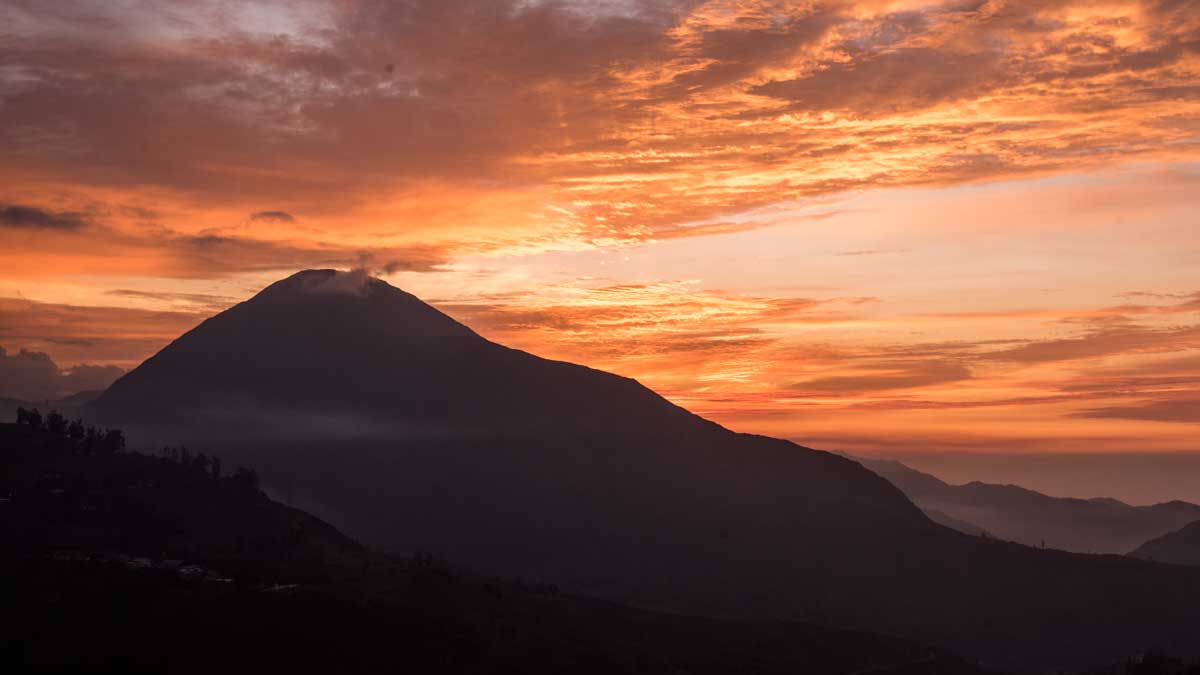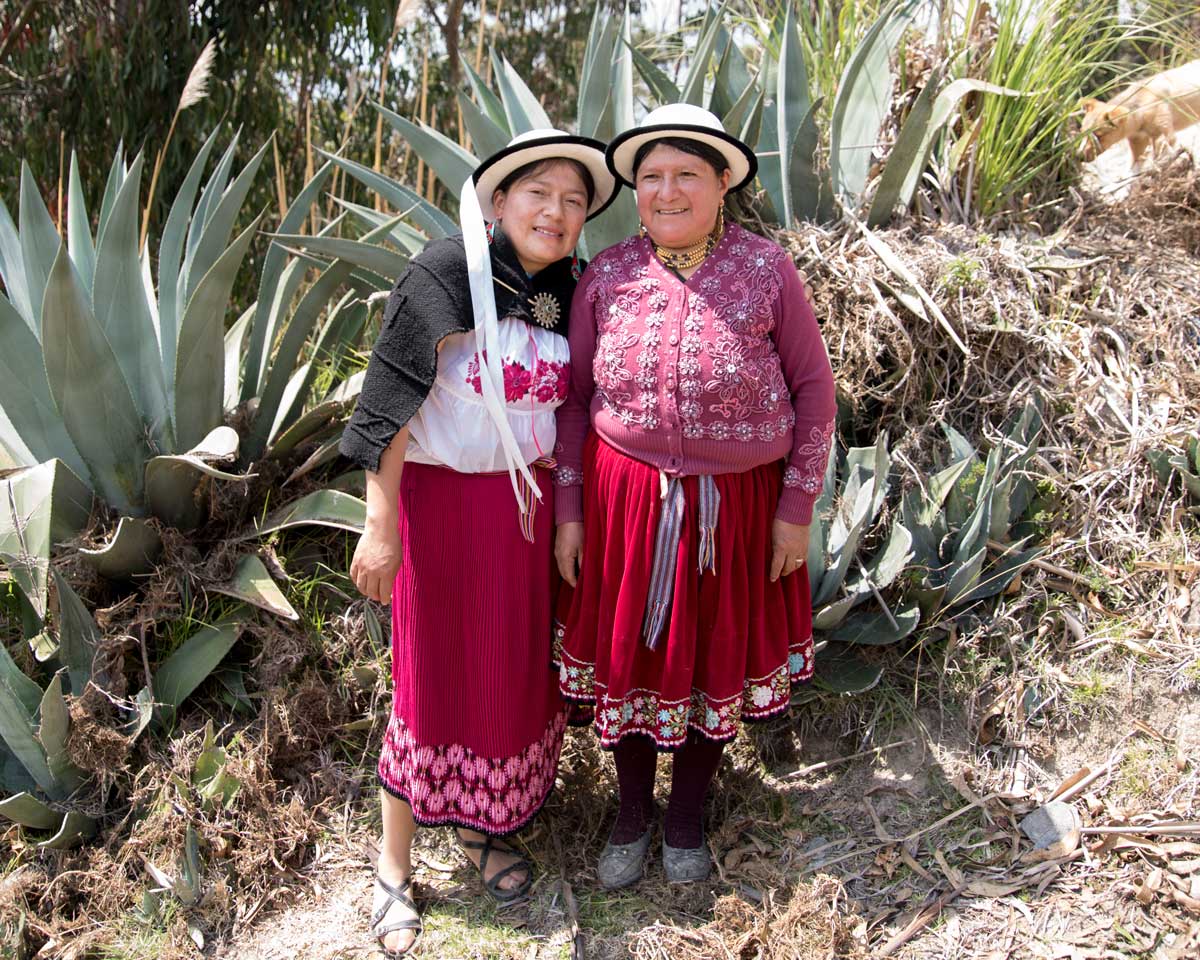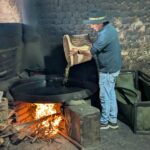Throughout the provinces of Cañar and Azuay, we hear a consistent story about how the Cañari people came to be. Only one simple fact changes, the location of the mountain where the story takes place. In Chunchi, they told us Cerro Puñay; in Tambo, Cerro Yanacauri; in Cuenca, Cerro Fasaynán.
The mountain of legend is Wakayñan, a place with coordinates long lost to history. It lies somewhere within the traditional boundaries of the Cañari between the southern slopes of Chimborazo and north of Loja. No matter its location, its place is firmly rooted in the oral traditions of the modern Cañari.
The Legend of the Guacamayas
A long time ago, in the time before, the Pachamama inundated the land with rain. It rained so hard that people found it impossible to escape the floods that poured from the mountains. Two brothers, Cusicayo y Ataorupagui, climbed the side of Wakayñan, the tallest mountain around. The higher they climbed, the higher the water rose until they found themselves at the tippy top. Still they feared for their lives. Finally, the rain subsided and the brothers found themselves alone, the only survivors of the great flood.
As the waters slowly began to recede, the brothers started a new life. None of their friends and family had survived. They were alone. First, they built a small house on the mountainside. They survived by eating roots and the few greens they could find. But nothing really satisfied them. They missed the food made by their mothers and their sisters.
One day, while foraging for something better than meager roots and greens, they found a cave. They stepped inside to explore. To their surprise, inside the cave they found food and chicha. They ate until their stomachs were full and drank until their thirst was more than satisfied. And only then did they begin to wonder from where the food came.
No one had survived the flood so how could the food have just appeared? Yet appear it did, day after day until the brothers had regained their strength.
One morning, they approached the cave and saw two Guayacamayas soaring in in the sky. They circled the brothers, then landed, flapping their colorful wings. The brothers could see that these beautiful and brightly colored macaws were actually two women. They had prepared the meals and the chicha and placed them in the cave. The two young men quickly fell in love.
With the sun and the moon and the stars bearing witness, the brothers soon married the Guacamayas and together they walked down into the fertile valley left by the receding floodwaters. The Guacamayas gave birth to many children who in turn gave birth to more. They are the fore bearers of the modern Cañari.
If you ever wondered why Cañari women wear vivid colors of hot pinks, brilliant reds, and stunning blues, look no further than this myth. The colorful skirts are a reminder of the dazzling plumage of their many times great-grandmothers.
















0 Comments